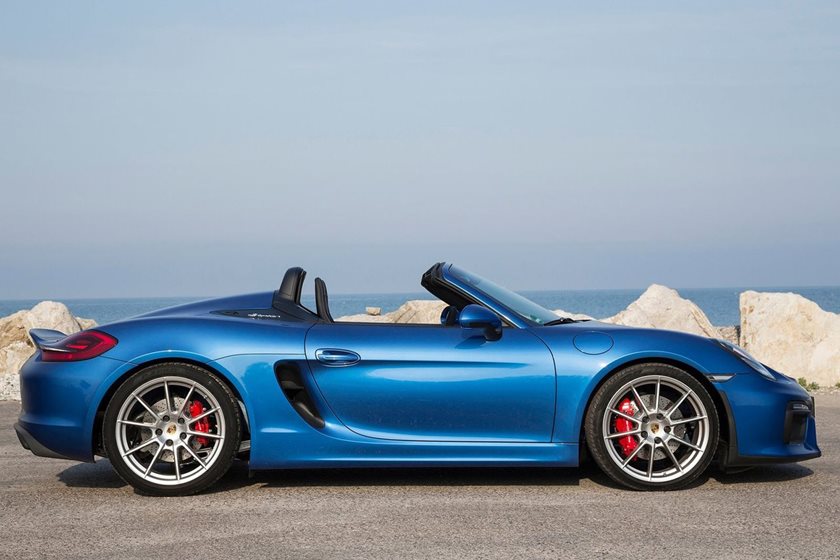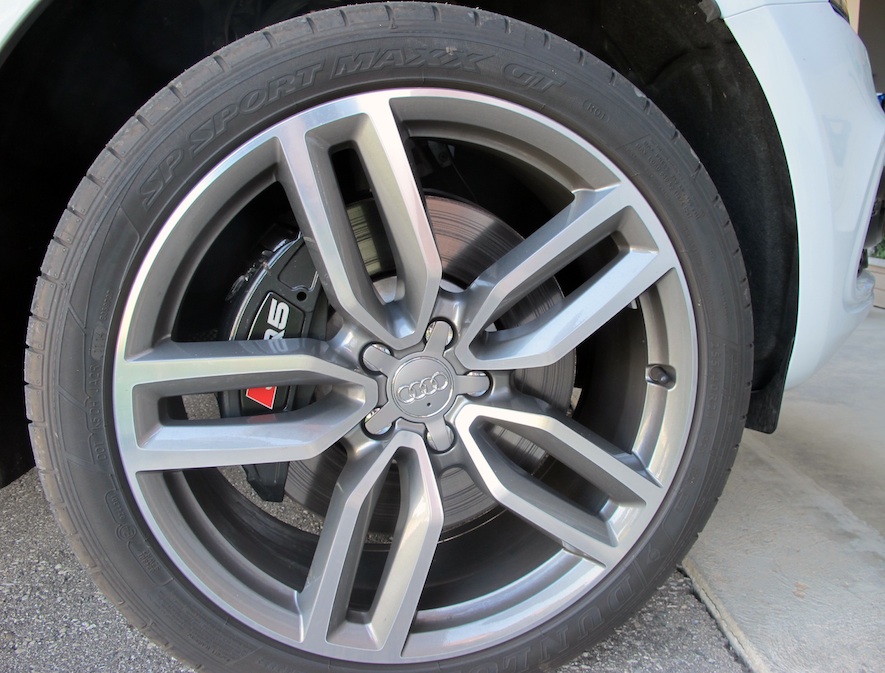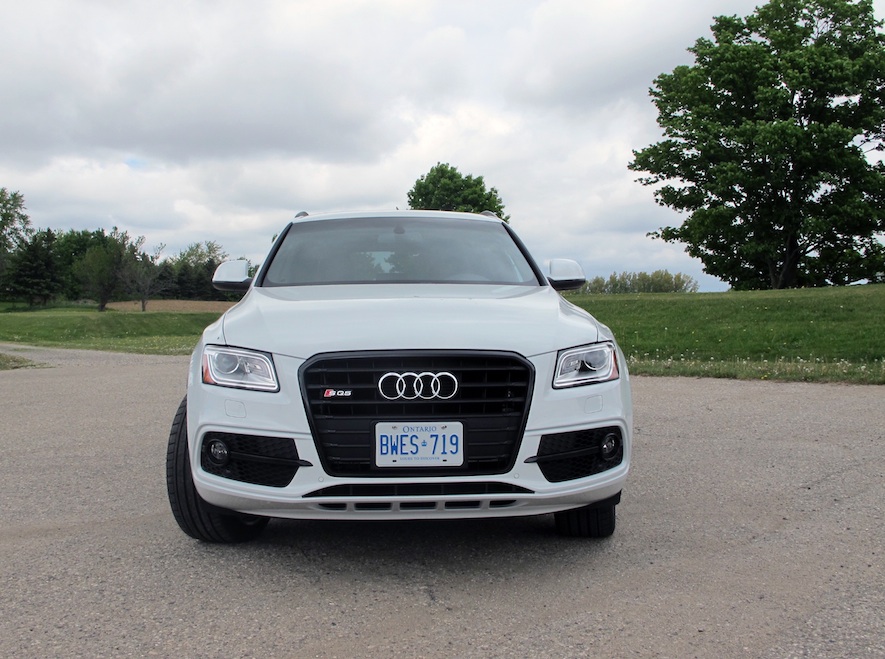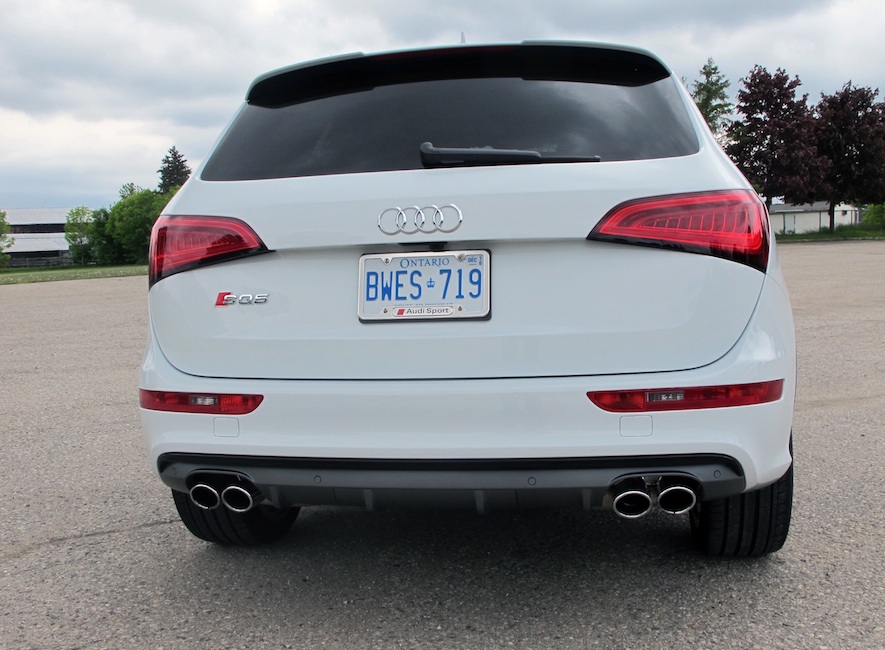The process of changing your car’s alloy wheels is one of the simplest ways to add a personalized touch to your ride. It’s arguably the easiest way to customize, as all it takes is a 20 minute trip to your local wheel shop to have the tires slapped on and you’re pretty much good to go. Some wheel designs are true classics, real bad-asses of automotive wheel-wizardry. But for the thousands of great wheel designs out there, there are some equally scary and strange ones.
Fortunately, you’re unlikely to see many of these on the streets, but if you do, you’ll either be left pondering why, or you’ll be trying to claw your eyes out to get the image out of your head. These wheel designs are ones that left us with just one question… why?
 Teddy Bear Wheels – Ronal URS
Teddy Bear Wheels – Ronal URSThe Ronal URS wheels (that’s URS for ‘ursine’) is better known as the teddy bear wheel, and for obvious reasons. Finished in white or crystal silver with black detailing, the wheels were 14-inches in diameter, available in four and five stud configurations, and were, for some reason, all the rage about a decade ago.
Considering you need to be well beyond your teddy bear-loving years before you’re legally allowed to drive, the Ronal URS is one wheel design that just makes no sense.
 Arelli Wheels Rook Assassyn Chrome
Arelli Wheels Rook Assassyn ChromeFirst, they spelled ‘assassin’ wrong, and second, what the hell was going through their minds when they designed these? Besides copious amounts of LSD and the mental image of their future going down the drain, we’re not quite sure, but this swirling two-spoke monstrosity was the byproduct.
They were available in garishly oversized 20- and 22-inch sizes, and the only finish was chrome. Please, don’t buy these. Ever.
These aptly named wheels should only be found spinning inside Vegas’s casinos, but still, some saw it fit to design alloys to look like roulette wheels. That ‘someone’ was Lenso, who designed the rims ahead of the 2007 SEMA show - where all the cool stuff happens. The roulette wheel features genuine leather Louis Vuitton patterning, and the Lenso lettering is spelled out in rhinestones. On a side note, finding any other pictures of this SEMA special proved impossible, so I guess it never ended up on anyone’s car. We did, however, find a similar wheel design on a car and as suspected, it looks terrible.
Status GrinderDo you want to change your brakes without having to remove your wheels? Then the Status Grinder is for you! OK, so that’s not really in their marketing script, but these two-spoke alloys leave gaping holes large enough to just about do the deed.
Manufactured by aftermarket wheel specialist, Status, the Grinder design was available in sizes from 20-inches upwards. I’m no engineer, but I’m fairly sure a two-spoke design would create definite weak points in the rim…
Asanti Skin Series Leather WheelsBelieve it or not, there was a time when leather on the outside of your car rather than inside was a thing – as in they actually sold several sets of these leather-clad wheels. While at first glance they might appear to be painted horrendously, or even clad in wood veneer or vinyl, these wheels were genuinely wrapped in legitimate ostrich leather, though you could also opt for gator leather too. There are several different colors available, all of them in a garish 5-spoke design. I’m no bunny-hugger, but why the hell would you do this?
This wheel design just hurts my head. The three-spoke Parlaro from Forgiato designs is built to look like a giant single-spoke wheel, with the two thinner spokes blacked out. Then there’s that sliver of extra aluminum on there – I presume for weight balancing – but that vaguely makes this design look like it took inspiration from the grim reaper’s weapon of choice. Available in sizes as small as 18-inches, and as large as 32-inches, Forgiato claims they scream for attention. That they do, but not at all in a good way!
Forgiato MaschiliBy now I should’ve logged off from the Forgiato website and cleared my browser history – can’t have that tarnishing my web history. But like a bad accident, the wheelmaker's website is something you just can’t look away from, and despite the many, many horrendous wheel designs, the Maschili tops them all.
According to Forgiato, it’s a round alloy that looks like a triangle, available in anything from 18-34 inches in diameter and a range of colors. I like rotary engines as much as the next gearhead, but putting the rotor design on a wheel is a bit intense. And what about airflow, it’s not like that’s a necessary occurrence for brake-cooling or anything.
Forgiato RadurraOk, one more from Forgiato? I promise these are worth the inclusion on this list because they’re completely see-through! Much like many of its other designs, there’s no such thing as airflow, but for a static show car, these could be pretty damn cool to show off your ventilated, cross-drilled brake discs and artfully painted brake calipers. The face of the rim is made from a single slab of thick polycarbonate, inset into the rim using a technique known as ‘bezel setting.’ The face is slightly larger than the rim and is held in place purely by pressure. At $5,000 a wheel when they launched in 2006, they’re pricey but kinda cool.
Sport Edition Daisy WheelsAbout 17 seconds after the ‘new’ Volkswagen Beetle debuted in 1997, the Sport Edition Daisy Wheels surfaced – because who doesn’t love a Beetle with flower power? They weren’t available in large, garish sizes, but they did feature a 7-spoke white petal design and a yellow center cap. They’re not the craziest design here, but there’s something about them that makes me want to hurl a little bit nonetheless.
Mugen CF-48Made exclusively for Hondas, these Mugen CF-48 wheels were strange but incredibly technical in more ways than one. First of all, just look at them – the CF-48s have more ribs than the best BBQ restaurants in the US. But all that ribbing has technical benefits, as the wheel itself acts as a heatsink to draw and dissipate heat from the brake discs on the fly. They were available in a range of colors and came with clip-on aero-discs that were famously used for racing. Sadly, most aero discs that made it to the street got stolen, broken, or lost, so nowadays they’re an ultra-rare sight.
Clarkson's Penis WheelsWe couldn’t complete a list of the strangest wheels around without this inclusion as the final entrant. The wheels that made an appearance on Top Gear on Jeremy Clarkson’s Vauxhall Frontera in season 22, episode 8, while they may pique a bit of interest, we can’t say they’d be to everyone’s liking. They’re none other than the penis wheels; though where Clarkson managed to find them is beyond me.
They’re certainly not the kind of wheels you want on your ride when you meet your new girlfriend’s parents for the first time; however, we’re certain there are more than just a few times these wheels would be a welcome warning in traffic as to the driver’s attitude.















































